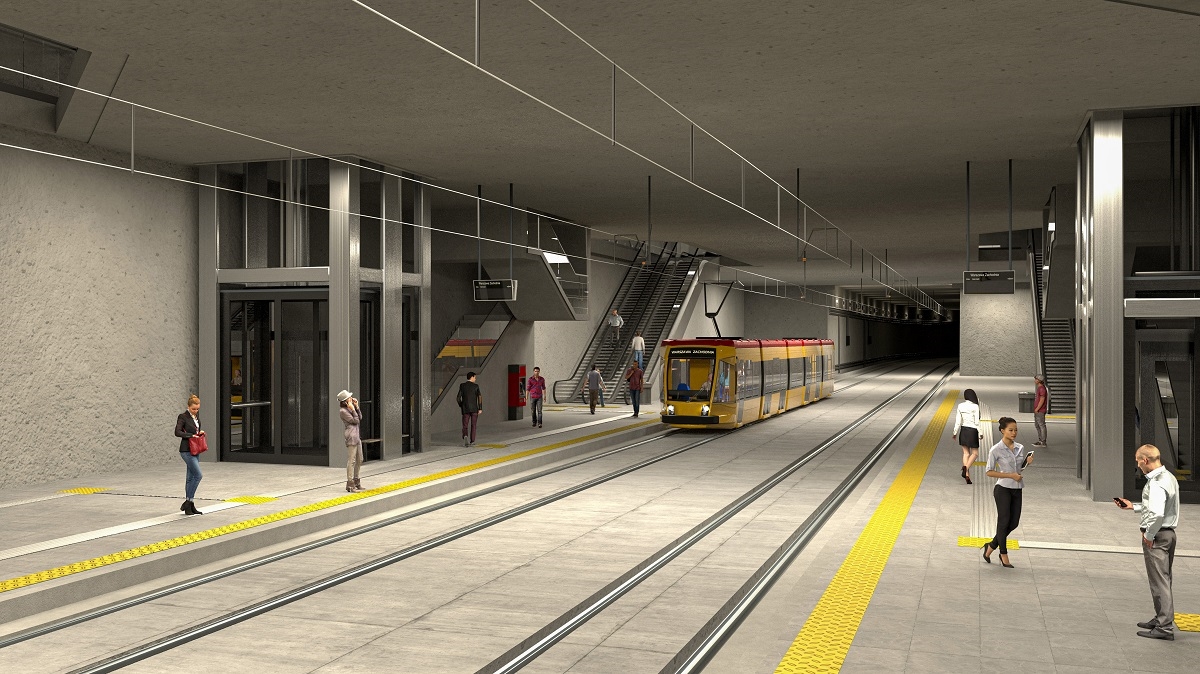Navigating Warsaw’s Tram Network
Warsaw, the vibrant capital of Poland, boasts an extensive and efficient tram network that serves as a backbone for public transportation in the city. For both residents and visitors, understanding how to navigate this system can make getting around the city much easier and more enjoyable. This guide provides practical information on using Warsaw’s tram network, highlighting key routes and tips for a smooth journey.
Overview of Warsaw’s Tram System
Warsaw’s tram network is one of the largest in Europe, with over 25 lines covering more than 470 kilometers of track. The trams are a popular mode of transport due to their frequency, reliability, and ability to bypass traffic congestion. They operate from early morning until late at night, with some lines offering 24-hour service. Trams are an excellent way to explore the city, providing access to major attractions, neighborhoods, and business districts.
The tram system is integrated with Warsaw’s buses and metro, allowing for seamless transfers between different modes of transport. Tickets are valid across all public transport, making it easy to switch from tram to bus or metro without purchasing a new ticket. Tickets can be bought at kiosks, ticket machines, or via mobile apps, and must be validated upon boarding.
Key Tram Routes in Warsaw
Several tram routes are particularly useful for visitors and residents alike, connecting key areas of the city:
- Route 4: This line runs from Żerań Wschodni in the north to Wyścigi in the south, passing through the city center. It’s a convenient option for reaching popular destinations like the Old Town, the Royal Castle, and the bustling Nowy Świat street.
- Route 9: Connecting Gocławek in the east to Osiedle Górczewska in the west, Route 9 is ideal for those looking to explore Warsaw’s diverse neighborhoods. It passes through the Praga district, known for its vibrant arts scene and historic architecture, as well as the modern business district of Wola.
- Route 33: This line is perfect for accessing Warsaw’s cultural and educational institutions. It runs from Annopol in the north to Służewiec in the south, stopping near the University of Warsaw, the National Museum, and the Copernicus Science Centre.
These routes are just a few examples of the many options available. Each tram line is clearly numbered and color-coded on maps, making it easy to plan your journey.
Tips for Using Warsaw’s Trams
To make the most of Warsaw’s tram network, consider the following tips:
- Plan Ahead: Use online maps and apps like Jakdojade to plan your route and check tram schedules. These tools provide real-time updates on tram arrivals and any service disruptions.
- Validate Your Ticket: Remember to validate your ticket as soon as you board the tram. Failure to do so can result in a fine if checked by a ticket inspector.
- Mind the Peak Hours: Trams can get crowded during peak hours, typically from 7:00 to 9:00 AM and 4:00 to 6:00 PM. If possible, travel outside these times for a more comfortable ride.
- Stay Alert for Stops: Trams announce upcoming stops, but it’s a good idea to keep an eye on the route map and listen for your stop. Some stops are request-only, so press the button to signal the driver if you need to get off.
- Accessibility: Most trams are equipped with low floors and designated spaces for wheelchairs and strollers, making them accessible for all passengers.
By familiarizing yourself with Warsaw’s tram network, you can enjoy a convenient and cost-effective way to explore the city. Whether you’re commuting to work, visiting historical sites, or discovering new neighborhoods, the trams offer a reliable and scenic mode of transport.
